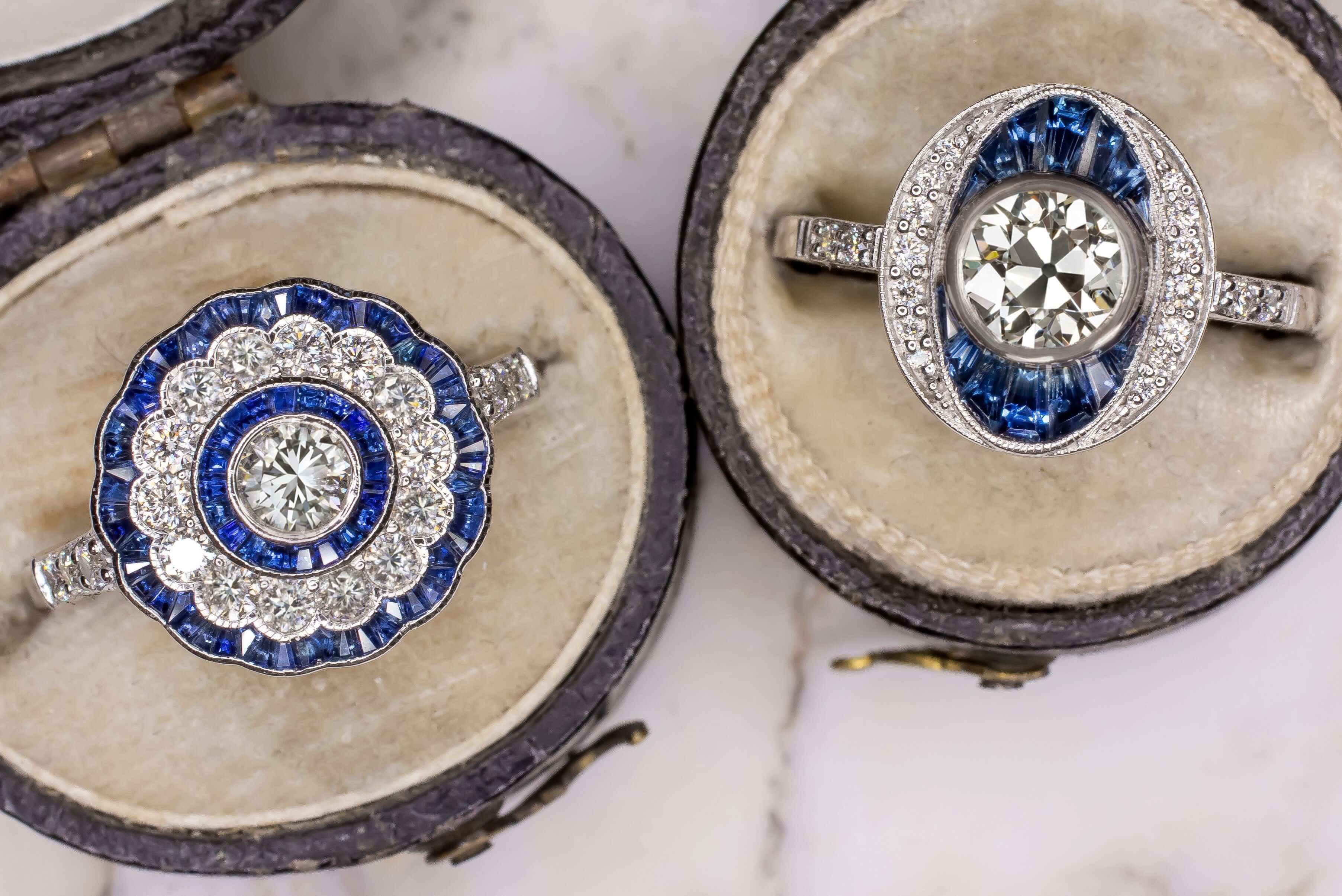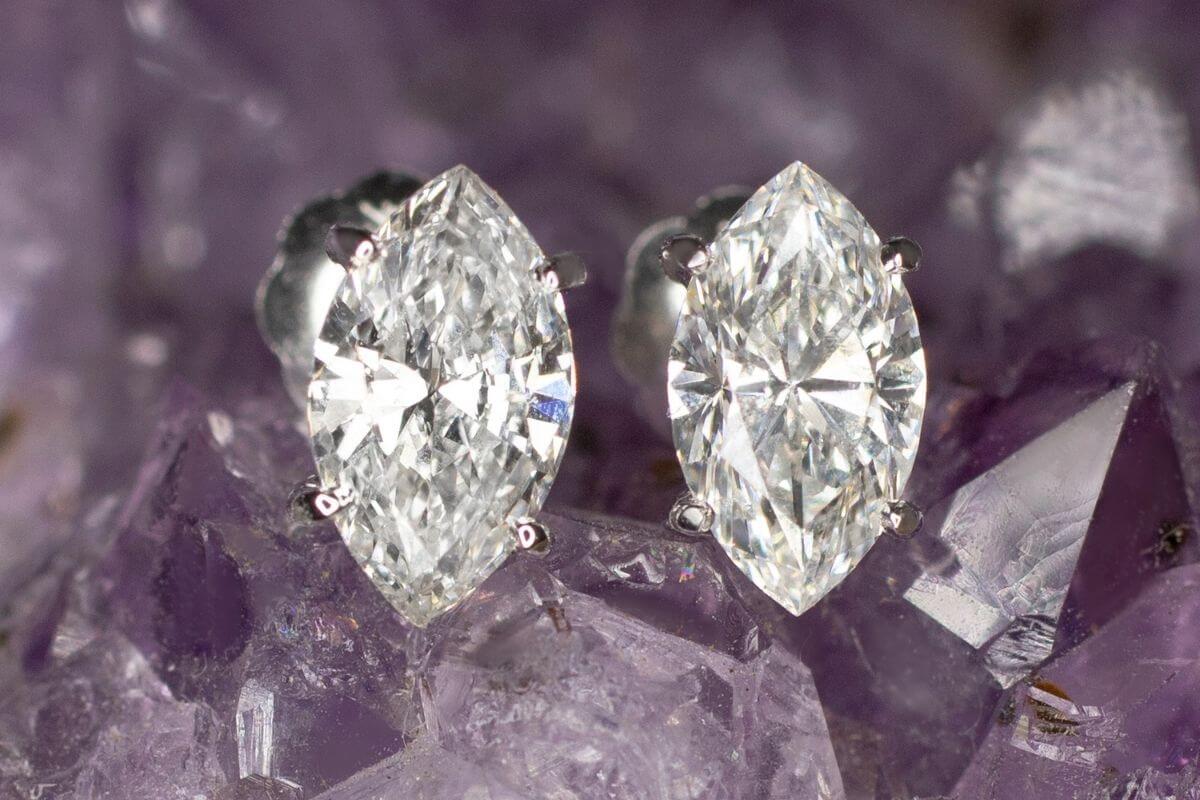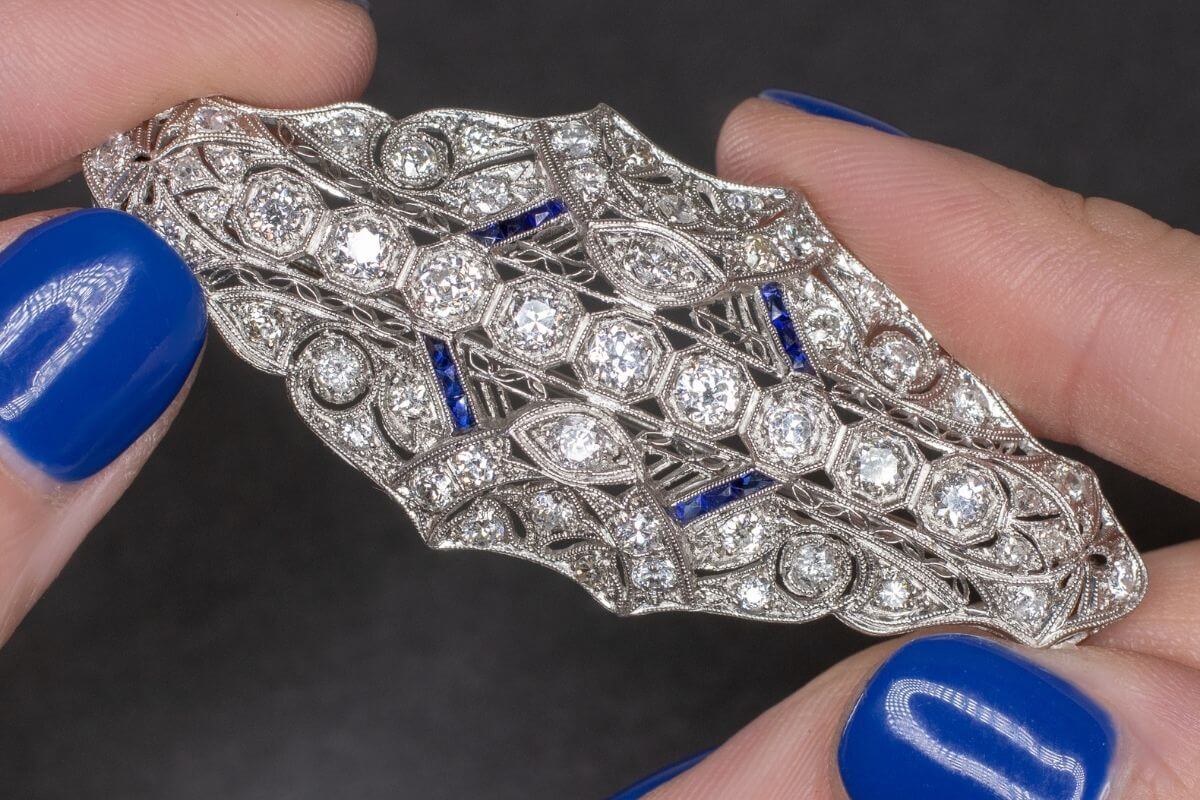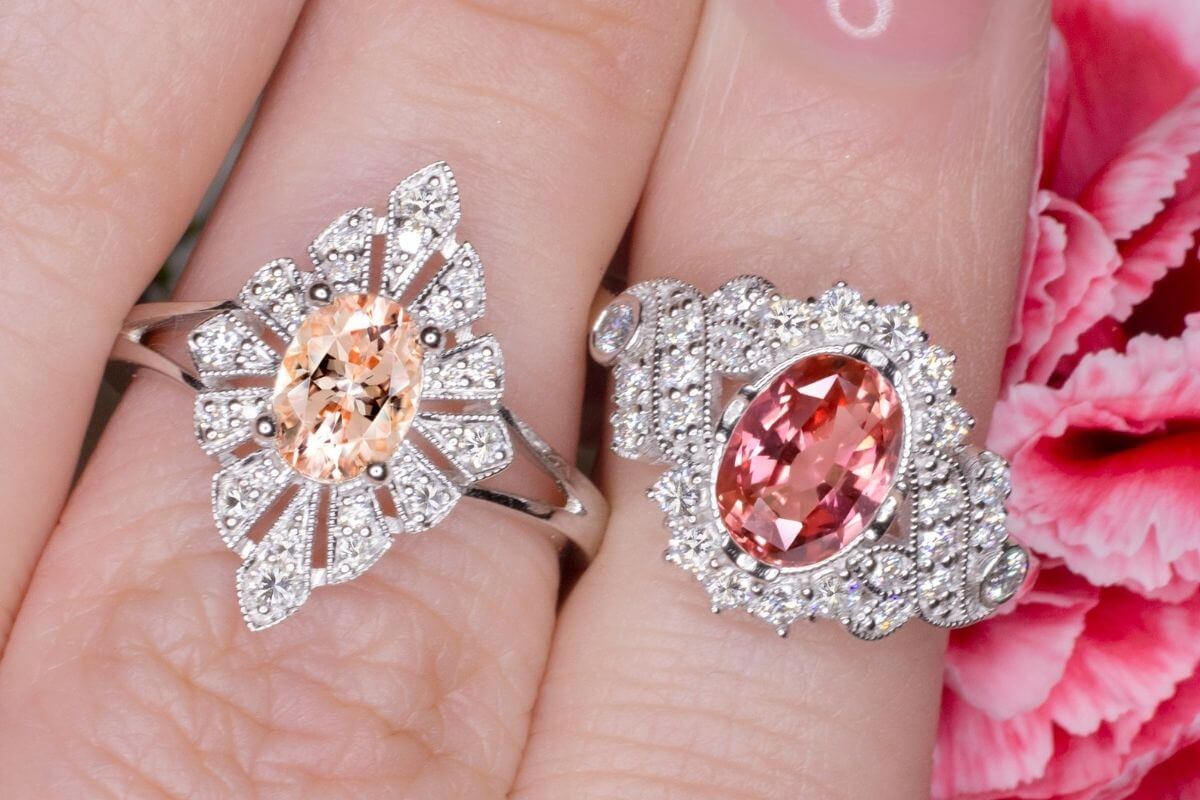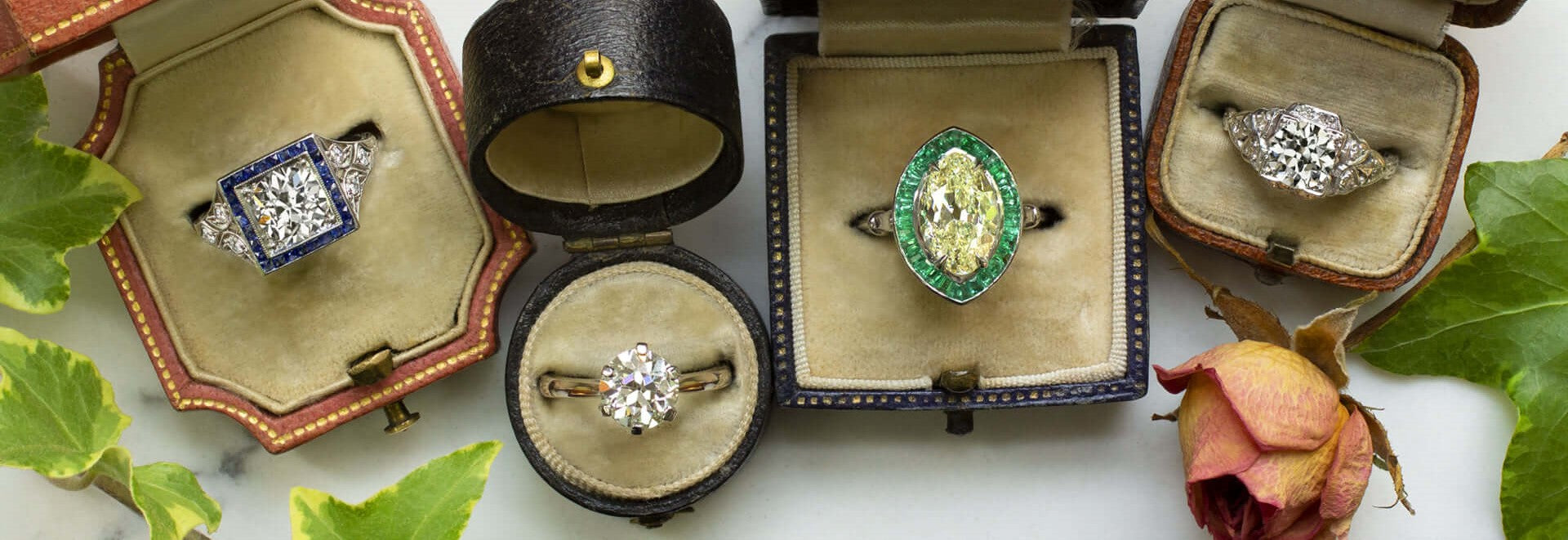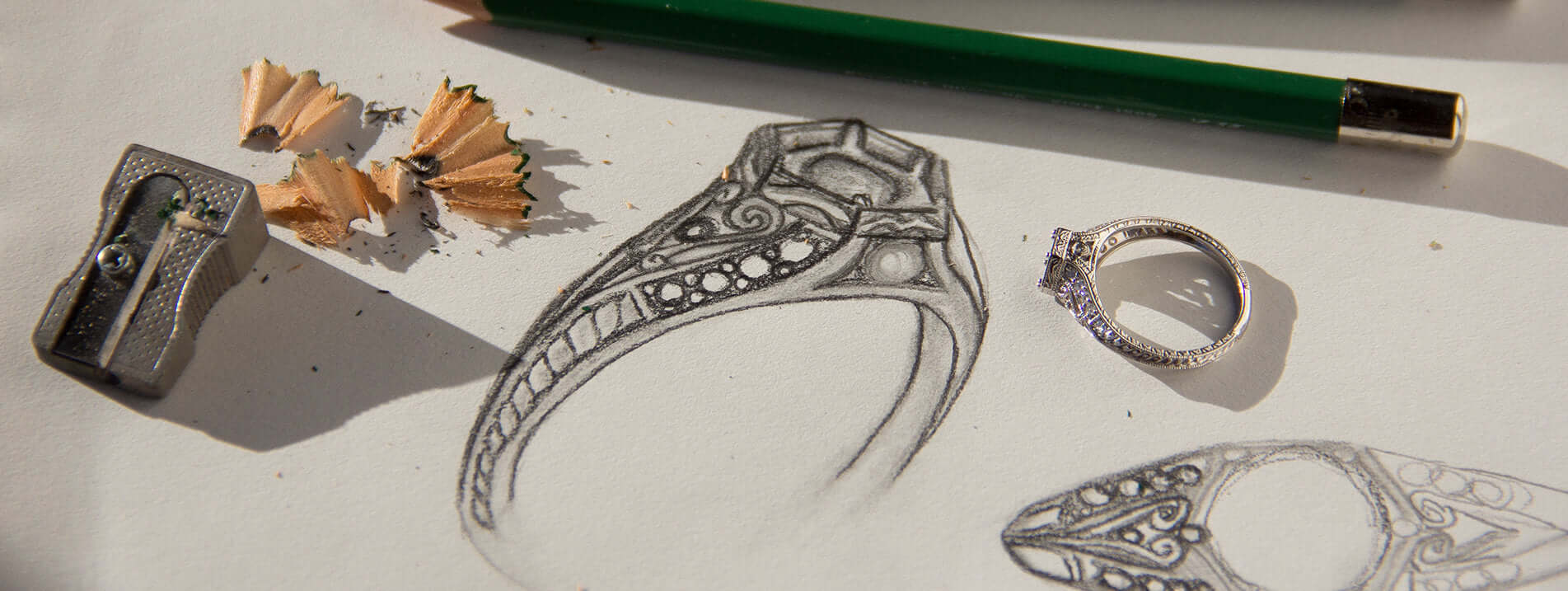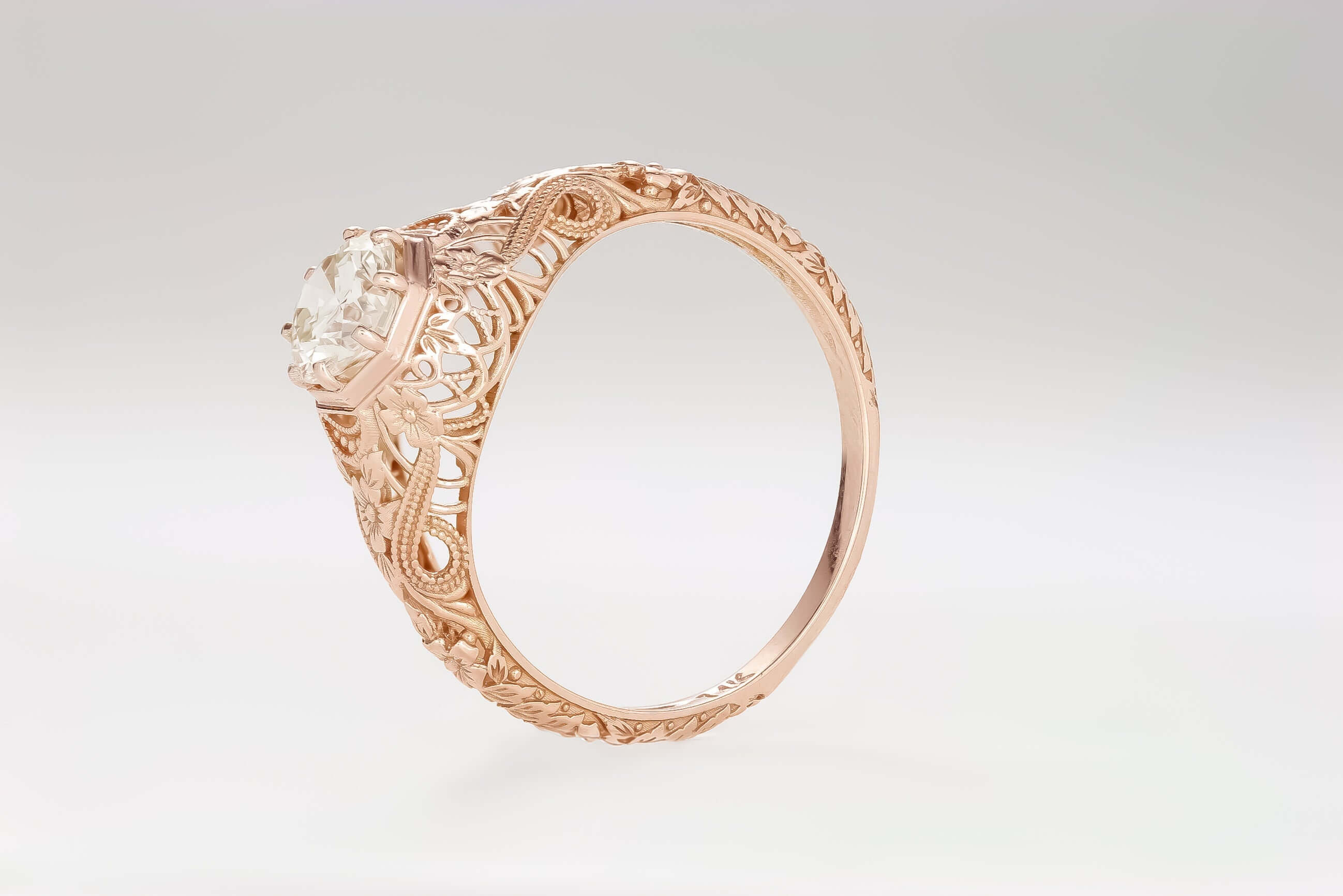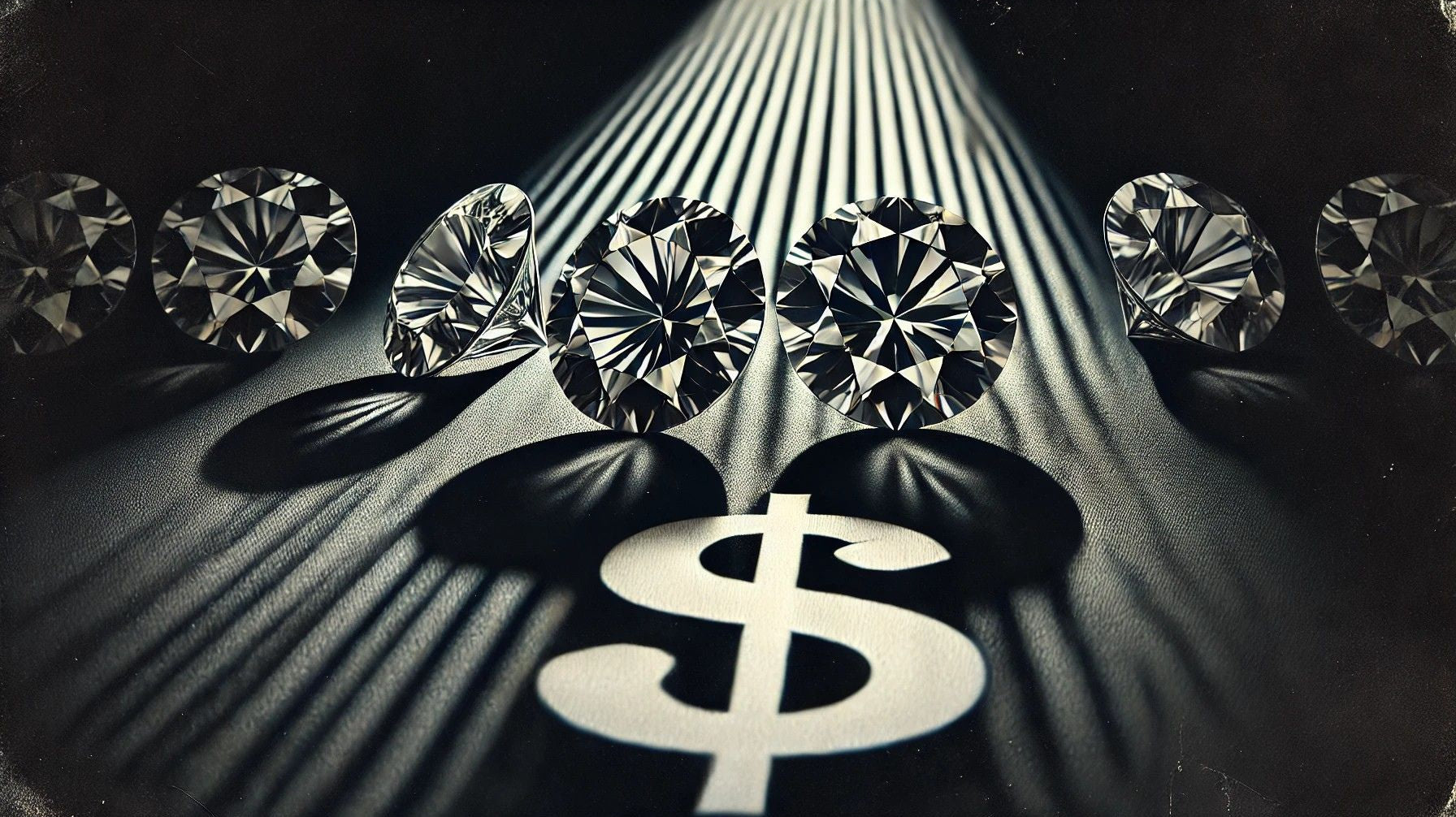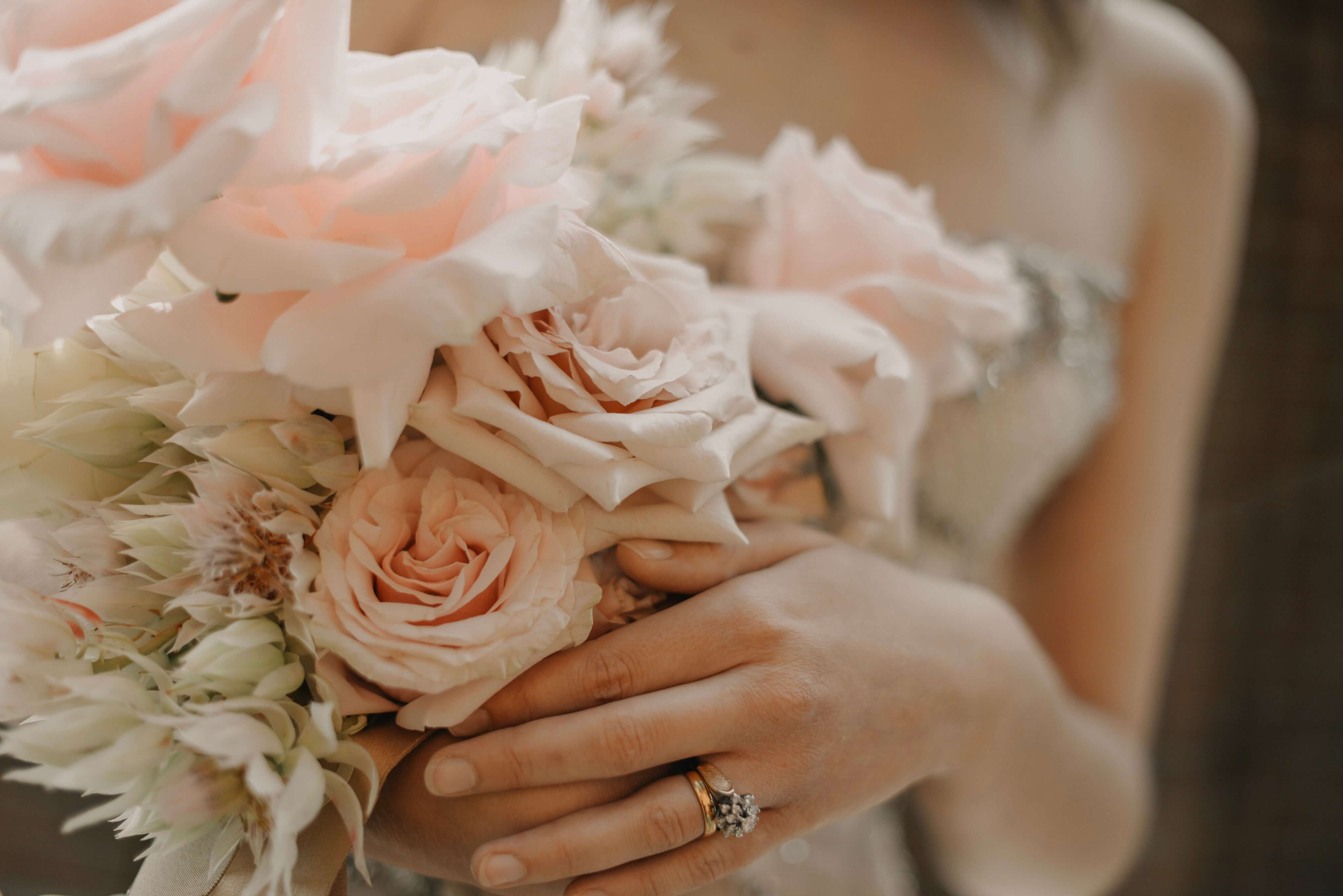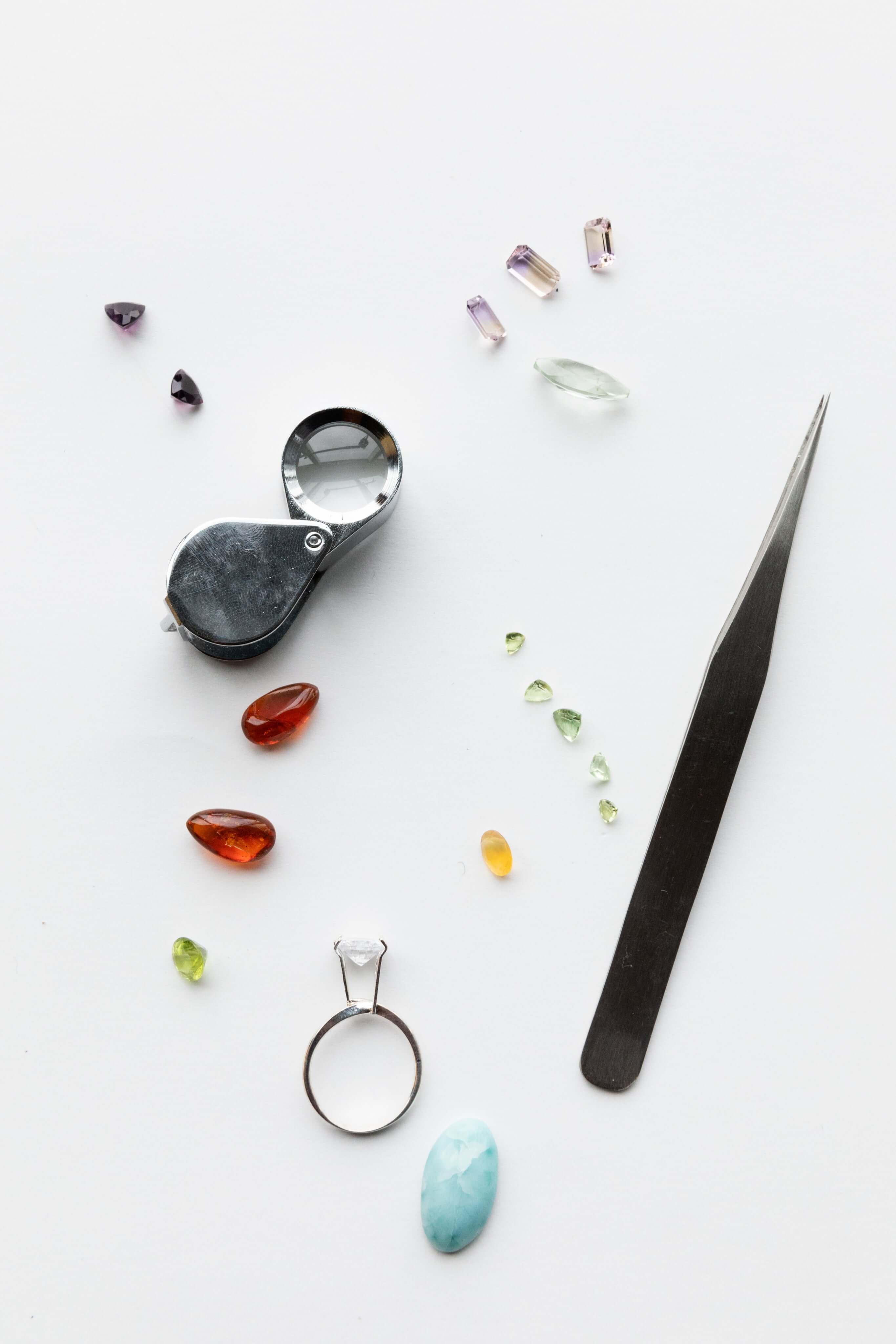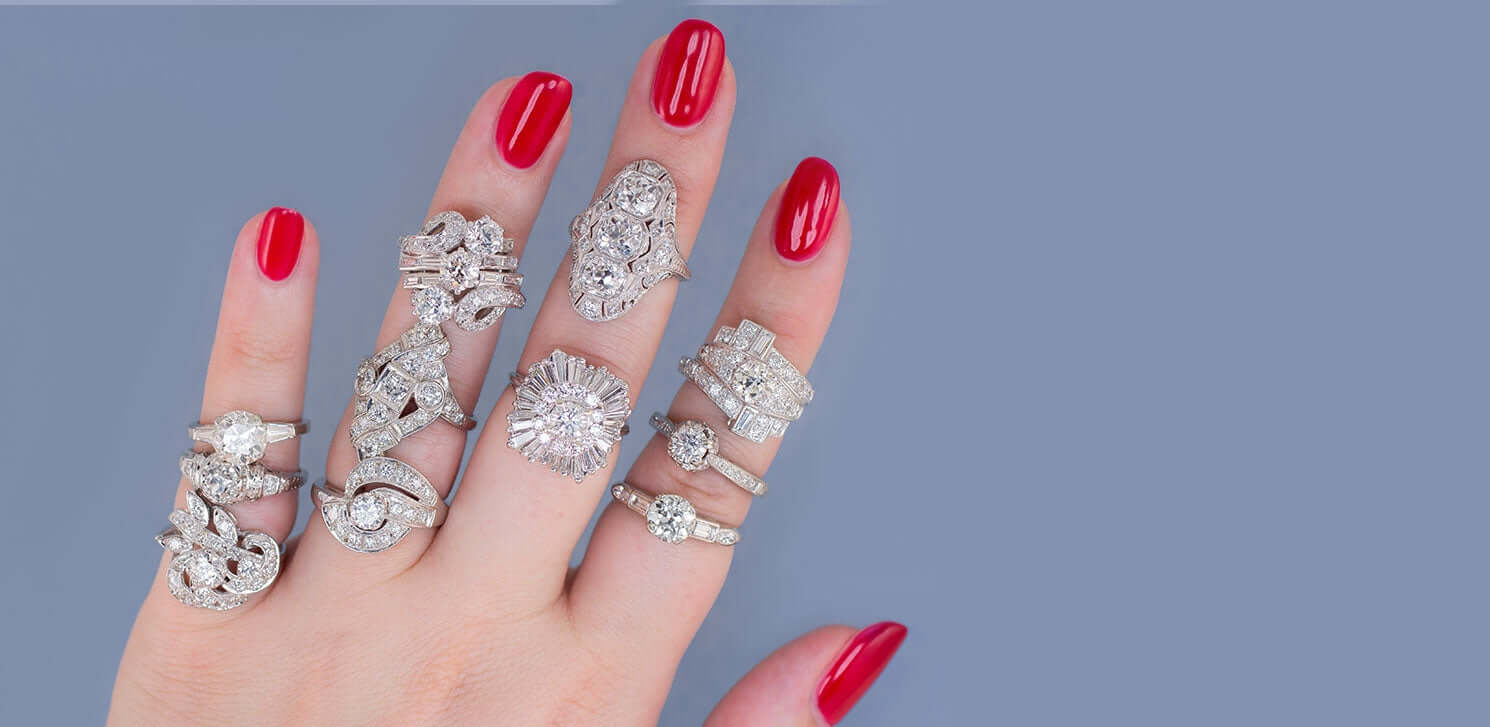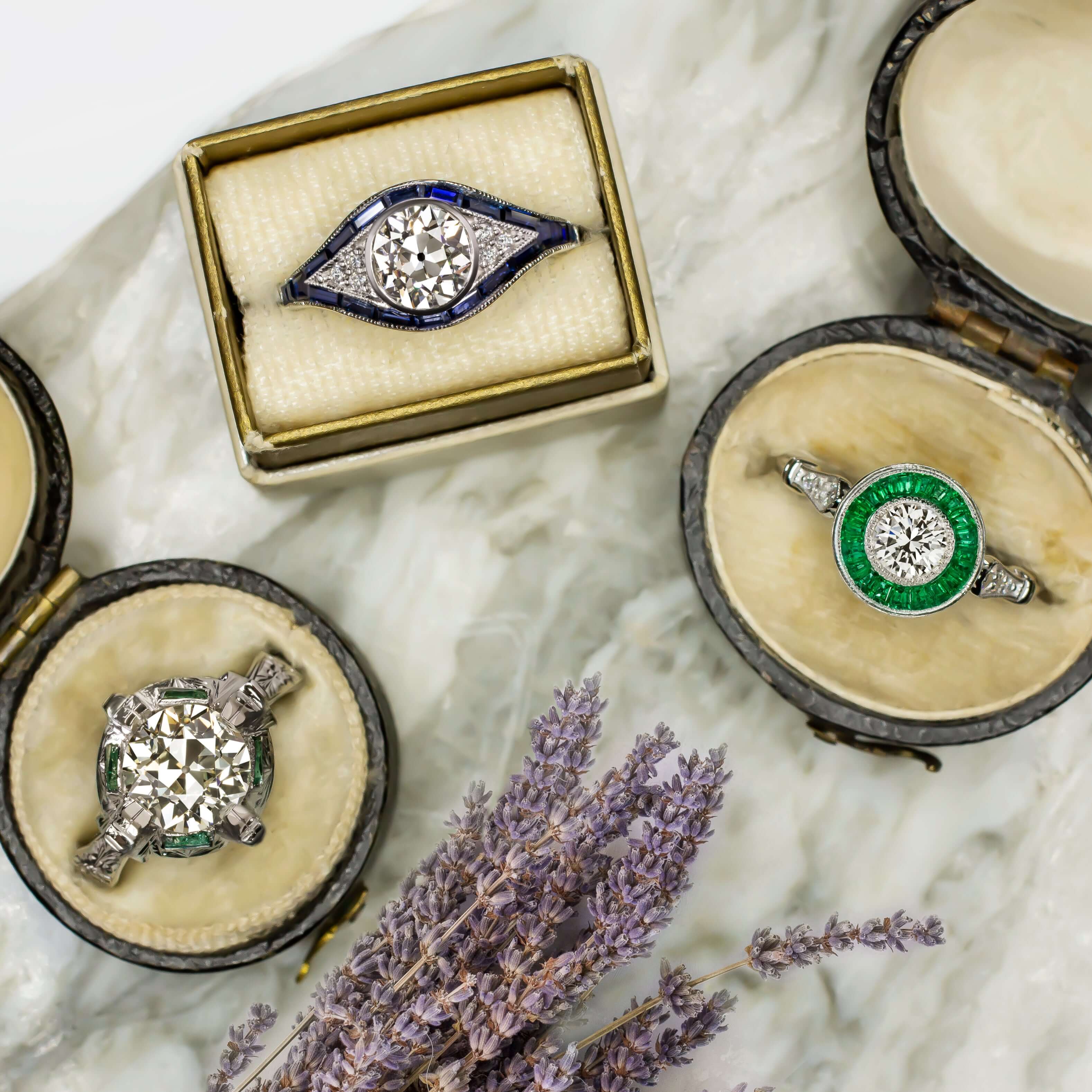Similar to how you care for your vehicle, a visit to the dealership isn’t necessary when a car wash is all you need most of the time. A routine of simple cleaning at home from month to month will do a lot when it comes to the care of your everyday jewelry like engagement rings and wedding bands. Jewelry doesn’t come with a Check Engine light, but in addition to an annual deep cleaning, here are some tips for when it's time to take your jewelry to a skilled professional
How to know when to come in:
1. When something is not comfortable to wear.
Jewelry is made to be worn! If it's not comfortable and spending its days inside a dark jewelry box, it's not living up to its full potential. When uncomfortable jewelry inevitably goes unworn, it is often misplaced inside of random boxes and drawers - entirely forgotten and unenjoyed.
Let's take care of that and bring some sparkle back into your life!
When a ring does not fit your finger it is not an indication that something is amiss with you, simply that this ring needs some help to fit your hand at this time. Our fingers expand and contract through different times of day, different seasons of the year, and at different times in our lives. A ring may have been the perfect fit when you were engaged during winter in the Midwest and could feel tight during your summer honeymoon in the Caribbean.
This is very common with estate jewelry - where all pieces are inherently pre-owned - and resizing a ring is standard practice for jewelers experienced with vintage pieces, for best fit when a ring changes hands.
Additionally, when a piece of jewelry feels sharp, it’s an indication that something is out of place. This could mean that something has broken or is just about to break. By bringing in any jewelry that feels too sharp to wear, a jeweler can also check in on other areas of the ring where repairs may be on the horizon.
2. When prongs or metal are catching
When jewelry is uncomfortable to wear, we often find that part of the metal has been pulled out of place and is sharp on the skin. This is not uncommon with antique filigree where intricate scroll details may have hit or been caught on something where the metal has been pushed or pulled out of its original place.
The most common area we find metal has gone out of place is on the prongs. Once metal is beyond where it was originally intended to go it is even more likely to inadvertently catch on other things, scratch skin, and destroy sweaters. When a prong is pulled enough, the metal will break and jeopardize the ability to keep the stone staying in its place.
3. When stones are loose or missing
A prong doesn’t have to be entirely lost to need help with its job of keeping stones in place. Without any special magnification tools, you can do a test on your own to tell if there are any loose stones in your jewelry using a simple one-handed tap test. Hold the ring with your thumb and middle finger next to your ear and tap it with the index finger. The sounds of any jingling or rattling is an indication there is a stone in the ring which is loose enough to move around in the setting. A small sound tells you that a small stone is loose and a bigger rattling will let you know a larger stone - like the center stone - is loose and could be at risk of being lost.
What we do when you come in:
The Full Glow Up
Inspect
The first thing a jeweler will do is inspect your ring. They will use a 10x magnifying loupe to check every part of the jewelry for any issues, ask you about your jewelry, and if you are aware of any treatments to gemstones. At this step, they should be able to let you know if they see any problems on the horizon, restoration that may be needed (for vintage and antique jewelry), and will be able to provide a quote for agreed-upon services before your ring goes into the shop for care and repair work to begin.
Deep clean/ultrasonic cleaner
Next, a jeweler will deep clean your ring. This is often done with an ultrasonic cleaner, which uses high frequency sound waves transmitted across a liquid to clean the submerged object. Or in more plain terms, the machine makes vibrations to wiggle the yuck out while your jewelry soaks in a hot bath. This is a great tool to keep new diamond jewelry looking its very best, however depending on the age of the jewelry and types of stones that are set, the ultrasonic cleaner can sometimes cause more harm than good.
Many natural gemstones such as emeralds, and opals undergo standard treatment processes that can be compromised by the combination of heat and vibrations in an ultrasonic cleaner. Not all gemstones are treated or could be an issue which is why it is important to let your jeweler know if you are aware of any treatments to your stones.
Additionally, any organic gems, which were especially popular in antique jewelry - such as pearl, coral, amber and ivory - should never be put in an ultrasonic cleaner. These porous materials can easily disintegrate when subjected to the vibrations and heat in an ultrasonic cleaner so any item with organic gemstones will be cleaned with soapy water instead.
A skilled jeweler will know what can safely go into an ultrasonic cleaner and what cannot.
Polishing and rhodium plating
After all other care and repair work is completed, the final step in the shop is polishing the ring. Contrary to how it sounds, polishing jewelry is not the same as polishing your fingernails. Polishing jewelry does not involve adding a layer of lacquer to the surface to make it shiny, it's actually a process more like using sandpaper when woodworking to make a surface smooth. A series of brushes and buffing wheels are used to remove metal from the very surface level of a piece of jewelry.
It’s wise to not have your jewelry polished every time it gets dirty and needs cleaning. An at-home method of keeping your jewelry clean is a great way to maintain the sparkle between visits to the jeweler. Antique and vintage jewelry that’s been around for several decades has likely seen many rounds of polishing. Polishing is the removal of material to make the surface smooth and shiny. Over-polishing jewelry will lead to engraving being worn away, design details being lost, and the metal becoming quite thin which can more easily get damaged or broken, especially on the prongs which securely hold the stones in place.
If your jewelry is white gold, standard practice will also include rhodium plating the jewelry. This gives a bright white tone that can look similar to platinum. Gold is, well, GOLD in color, and for rose and white gold there are additional metal alloys which are combined in the recipe to achieve another color. Nickel is what makes white gold white, however white gold is not a bright white like platinum, but a slightly-warmer hue of shiny pale gray.
When white gold jewelry is rhodium plated, it will have a thin layer of rhodium added to the top. Rhodium is hypoallergenic and can protect the skin of a wearer who may be sensitive to the nickel in white gold temporarily. However, the rhodium plating will eventually wear away and the warmer gray hue of the solid white gold will again be exposed. If you have a nickel allergy, white gold is not recommended for everyday jewelry such as engagement rings and wedding bands.

